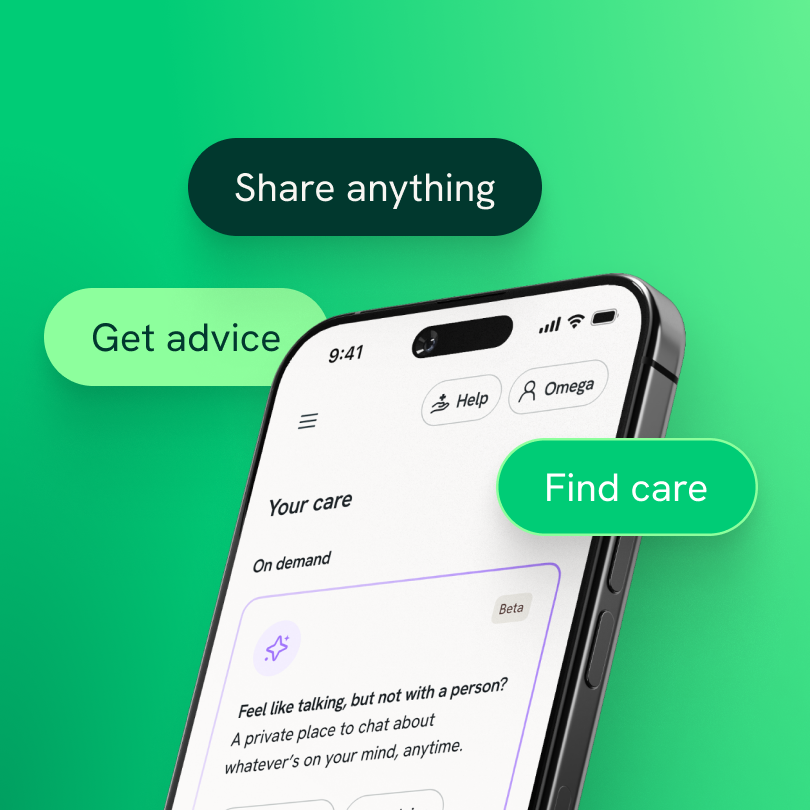Jump to section
It’s five minutes past the hour and your patient has yet to check-in. You’re finishing up a progress note while you wait.
It’s now 15 minutes past the hour.
The phone rings, and the parent profusely apologizes for missing their child’s appointment. She explains that the babysitter canceled last minute and her ex was unable to pick up the 3-year-old before rush hour.
You can hear the emotion in her voice.
You give her support and offer to reschedule today’s appointment. She apologizes five more times before sharing, through tears, that her 6-year-old son hit another child at school and she doesn't know what to do.
It’s an all too familiar scenario. Both parents and mental health providers navigate these types of challenges on a daily basis.
As therapists, we have to ask ourselves…
How do we eliminate treatment barriers in order to elevate the care families need and the care we provide?
Research shows that parents report three main barriers to mental health treatment for their families:
- Easy access
- Stress and time
- Treatment satisfaction
Availability of Care
Access to care doesn't always mean insurance or benefits. It could mean not knowing where to start:
- What kind of professional do I need to make an appointment with?
- What are the steps to treatment?
- Should I talk to my child’s pediatrician?
- Do I need a referral?
Many different levels of services may be available for our families through their care plans, but there’s a gap between their benefits and their knowledge of the benefits available to them.
How can we encourage families to seek out their insurance benefits and Employee Assistance Programs (EAP)? How do we better equip families, schools, and community organizations with available treatment options?
Flexibility of Care
If the patients you’re seeing in person aren’t showing up on time, how do we innovate the way we’re conducting our sessions? Can we use telehealth for school and home visits, or provide support over the phone?
As therapists, could we create treatment plans that allow flexibility for our families to continue seeking out services during those busy weeks, where a one-hour session seems overwhelming and impossible?
Perhaps the solution is a hybrid model—similar to graduate programs—a blend of both face-to-face and telehealth appointments to provide flexible care for their children.
Research shows no significant differences between interventions being delivered via telehealth or via telephone or in-person delivery. Telehealth actually improves relational and mental health outcomes for family, parent, and child measures.
Our jobs, schools, places of worship, and entertainment all happen in different locations and on more than one platform. Why can’t we do the same with the mental health services we provide to families?
Trust of Care
As clinicians, how do we connect and build trust with our families each and every session? The stigma of mental health services persists. It’s also challenging to provide encouragement, support, assurance, guidance, connection, and success in a mere 50 minutes.
Personally, I start each intake by talking about my personal style and approach. I do this no matter who I am seeing—adults, teens, children, families, couples—it doesn’t matter.
My main goal is to build trust with my patients. I do this by stating this important fact: therapists go to therapy too. Why do I say this? It helps decrease the stigma, creating a safe space and placing us on even ground. My patients probably won't remember everything that was said during our first session, but I guarantee they will remember how they felt.
Being seen, heard, and valued are some of the core human needs we as clinicians are blessed to provide to our patients on a daily basis. We are investing in their success, their future, and their family—one session, one affirmation, and one breakthrough at a time.
One of the reasons I decided to become a provider with Spring Health is the organization’s passionate pursuit to eliminate every barrier to mental health.
The availability of care, flexibility of care, and trust of care is the heartbeat of what we do, as we provide services to families and children as young as six years old. We have a growing community of providers who specialize in children, adolescents, and families.
As Spring Health focuses on eliminating barriers and elevating care, I notice patients are more engaged, invested in their treatment, and have a greater sense of ownership in their therapeutic process when receiving either face-to-face or telehealth counseling sessions.
Can you imagine how the world might be different, how communities may be strengthened, how families might be more resilient, and how much healthier our kids and teenagers might be if we eliminated all barriers and elevated the importance of mental health care?
If we are going to make this kind of impact, we need providers who are innovative, creative, collaborative, and motivated to blaze new trails.






